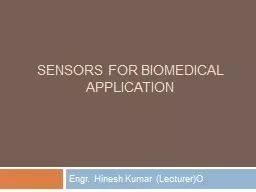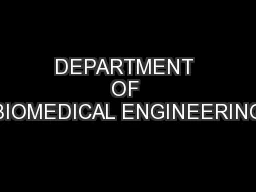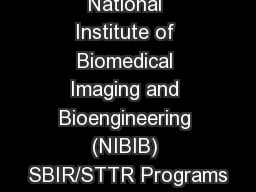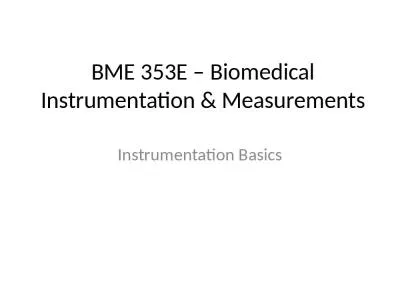PPT-Sensors for biomedical application
Author : calandra-battersby | Published Date : 2018-09-21
Engr Hinesh Kumar LecturerO Outline Differentiate between the terms Sensor Transducer amp Actuator Active and Passive TransducersSensors Sensors used in Biomedical
Presentation Embed Code
Download Presentation
Download Presentation The PPT/PDF document "Sensors for biomedical application" is the property of its rightful owner. Permission is granted to download and print the materials on this website for personal, non-commercial use only, and to display it on your personal computer provided you do not modify the materials and that you retain all copyright notices contained in the materials. By downloading content from our website, you accept the terms of this agreement.
Sensors for biomedical application: Transcript
Download Rules Of Document
"Sensors for biomedical application"The content belongs to its owner. You may download and print it for personal use, without modification, and keep all copyright notices. By downloading, you agree to these terms.
Related Documents














